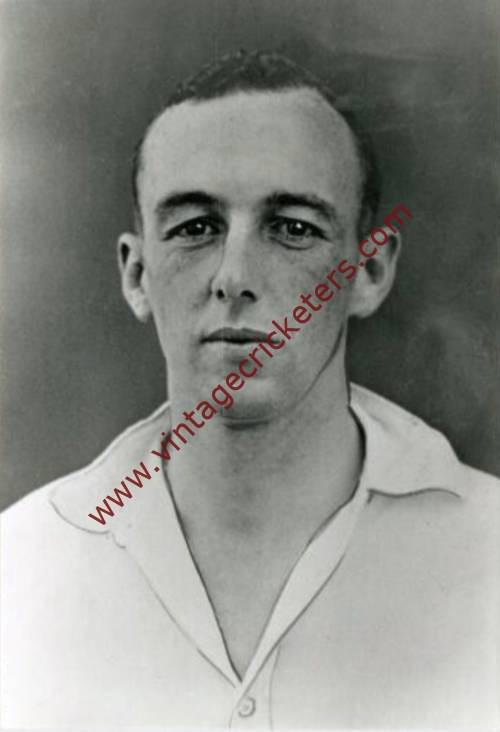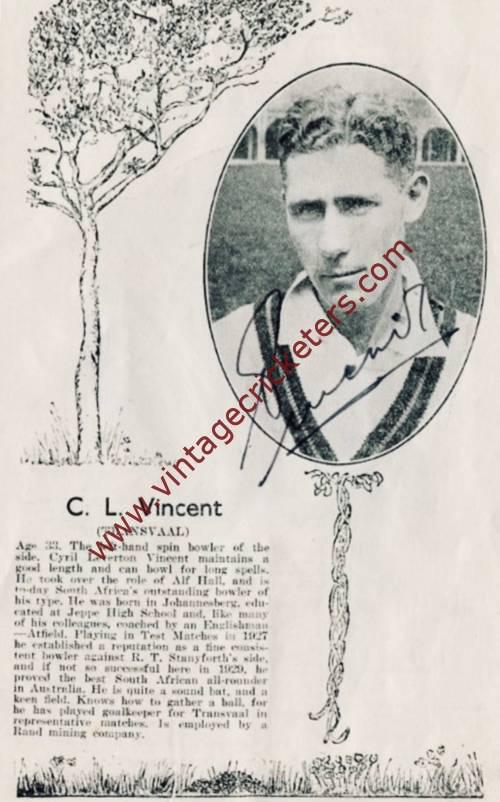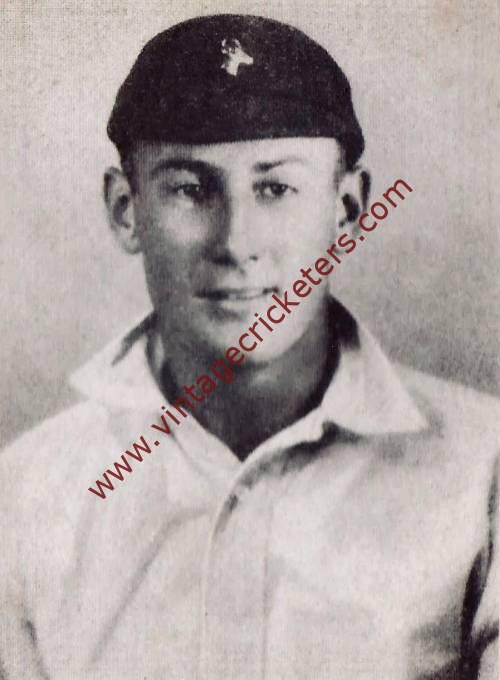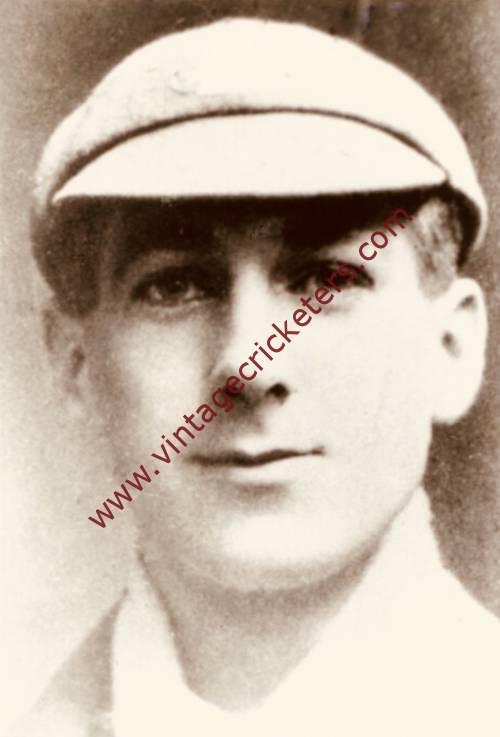Please choose your photo size from the drop down menu below.
If you wish your photo to be framed please select Yes.
Note: 16″x 20″not available in a frame.
Images can also be added to accessories. To order please follow these links
£8.95 – £49.95
Please choose your photo size from the drop down menu below.
If you wish your photo to be framed please select Yes.
Note: 16″x 20″not available in a frame.
Images can also be added to accessories. To order please follow these links
The maximum number of views of this element is reached.
Please contact the webmaster to enable unlimited views.
The son of South African Test cricketer A.W. “Dave” Nourse, who represented South Africa in 45 consecutive Test matches from 1902 to 1924., Durban, Natal born Dudley Nourse played cricket and football in his early years. His father refused to teach him how to play cricket, insisting that Dudley teach himself like he had. Aged 18, Nourse decided to concentrate on cricket, initially playing for Umbilo Cricket Club in Durban. He played domestic first class cricket for the Natal cricket team from 1931 to 1952, and played 34 Test matches for South Africa, in a long international career of 16 years, from 1935 to 1951. He scored a century in his second match for Natal, when his father was playing for the opposing team, Western Province.
He was an aggressive batman, stocky in build like his father, particularly later in his career, with broad shoulders and strong arms. He played mainly off the back foot, cutting square, hooking, and driving on the off side. He was also a good fielder with safe hands.
He joined the tour to England in 1935, in a team captained by Herby Wade, where he made his Test debut at Trent Bridge in June 1935. After he scored a century in three consecutive innings, both innings against Surrey and then against Oxford, Plum Warner commented “A Nourse, a Nourse, my kingdom for a Nourse.” He made small scores in the first two Tests and was dropped for the Third Test, but then reached 53 not out in the second innings of the Fourth Test at Old Trafford. Four matches were drawn, but South Africa won the Second Test at Lord’s, and the series 1-0.
He played at home against Australia in 1935-36, and scored 231 in the Second Test in Johannesburg, his maiden Test century. The match was controversially drawn after the South Africa captain Wade appealed to the umpires against the bad light causing danger to his players, the first time that a fielding captain had successfully appealed against the light; Australia won the other four matches, and the series 4-0. The international schedule of the day meant that South Africa did not play Test cricket for three years, but Nourse then played against the English tourists in 1938-39, taking six hours to score a century in the famous 10-day-long timeless Test at Durban.
In his prime as a player, Nourse lost six years of international cricket during the Second World War, during which time he served in the Middle East. South Africa resumed Test cricket in 1947, and Nourse joined the tour to England as vice-captain under Alan Melville. South Africa lost the series 3-0. Nourse topped the South African batting averages, and he and Melville were Wisden Cricketers of the Year in 1948.
Nourse was appointed captain of South Africa for its home series against England in 1948-49, and remained captain until he retired in 1951. He captained his country in fifteen matches, the two home series against England in 1948-49 which was lost 2-0 and against Australia in 1949-50 which was lost 4-0, and the tour to England in 1951.
It was as captain in the 1951 series that he played what Cricinfo describes as “his most renowned innings”, against England in the First Test at Trent Bridge in 1951. He batted for 9 hours, with a pin in his right thumb that had been broken while fielding in an earlier tour match. Each batting stroke exacerbated his increasingly painful thumb; nonetheless, he scored 208 in the first innings. He was then unable to field, or bat in the second innings. His innings was the first double century by a South African against England, and was enough to give South Africa its first Test win in 16 years – Nourse’s first as captain, and only his second as a player (the other was also against England, at Lord’s in 1935). England won three of the remaining matches, with the Fourth Test at Headingley drawn, and South Africa lost the series 3-1.
Nourse retired from Test cricket at the end of the 1951 tour, after the Fifth Test, and played his last first class match in 1953. He was South African Cricket Annual Cricketer of the Year in 1952.
At the time of his retirement, he held the highest Test batting average of any South African batsman (currently surpassed only by Barry Richards, Graeme Pollock, Aiden Markram and Jacques Kallis). He scored 9 Test centuries, including 7 against England, and is a member of the short list of Test batsmen to retire with a batting average exceeding 50 runs, recording an average of 53.81, also scoring 14 half centuries. In 175 first class matches he scored 12,472 runs at an average of 51.53, with a highest score of 260 not out, scoring 41 centuries and 54 half centuries.
His autobiography Cricket in the Blood was published in 1949. He served as a selector for South Africa, and managed the side that toured England in 1960, captained by Jackie McGlew.
Vintage Cricketers was founded in July 2019. There are more photographs of this cricketer in the Vintage Cricketers library, which are due to be loaded in due course. In the meantime, please send a message to us using the contact form at the bottom left of this page and we can arrange to prepare and publish all images of this cricketer if you have a particular interest in him.
| Weight | N/A |
|---|



